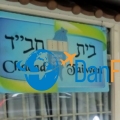Taiwan’s capital city emerging as a popular Asian vacation spot
The Arizona Republic — April 30, 2017
TAIPEI, Taiwan – As visitors enter the world’s second-fastest elevator to take them to the top of the world’s eighth-tallest building, a sign tells them to prepare for a “journey that’ll change your life.” The sign calls the elevator “the greatest vertical road to instant urban tranquility.”
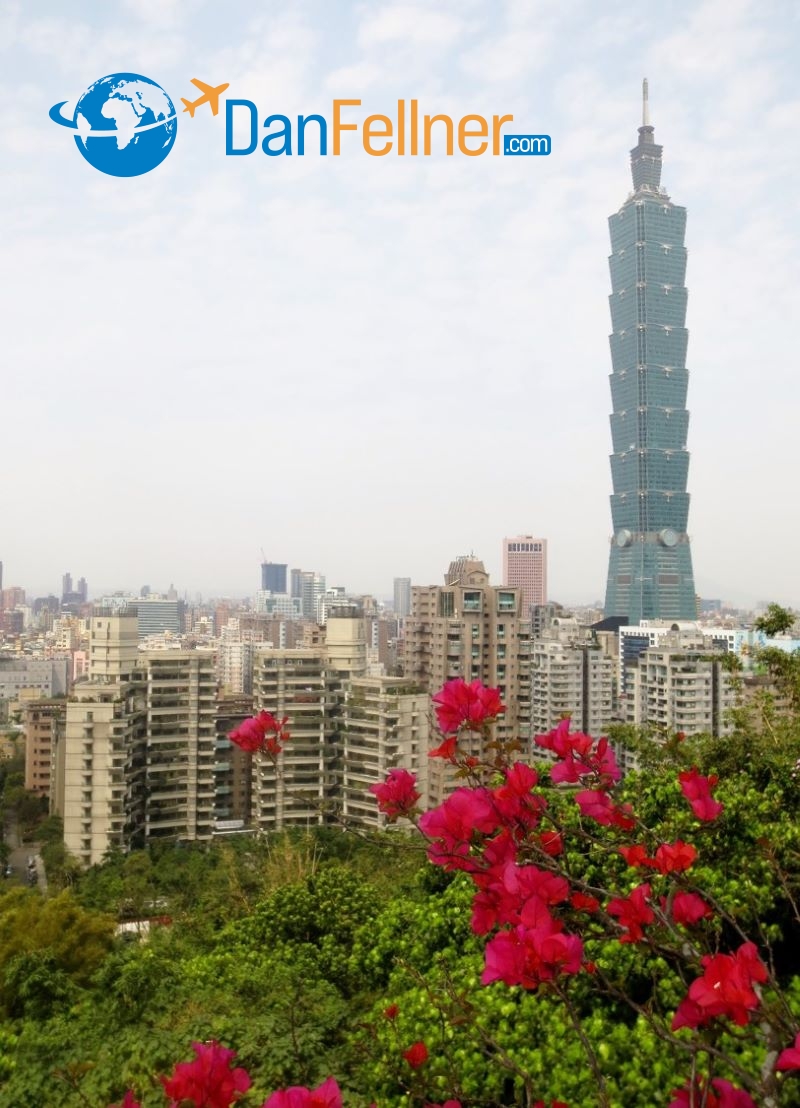
The Taipei 101 building is built to resemble a bamboo tree rising from the Earth.
From its impressive skyline to its massive metropolitan population of 7 million, to a state-of-the-art mass-transit system as clean and efficient as any in the world, to its unconventional street markets that offer everything from pig’s blood rice cake to duck tongue, Taipei is anything but understated.
This capital city of Taiwan, an island just over 100 miles east of mainland China, offers a fascinating mix of exotic Chinese culture topped by a heavy dose of Western capitalism.
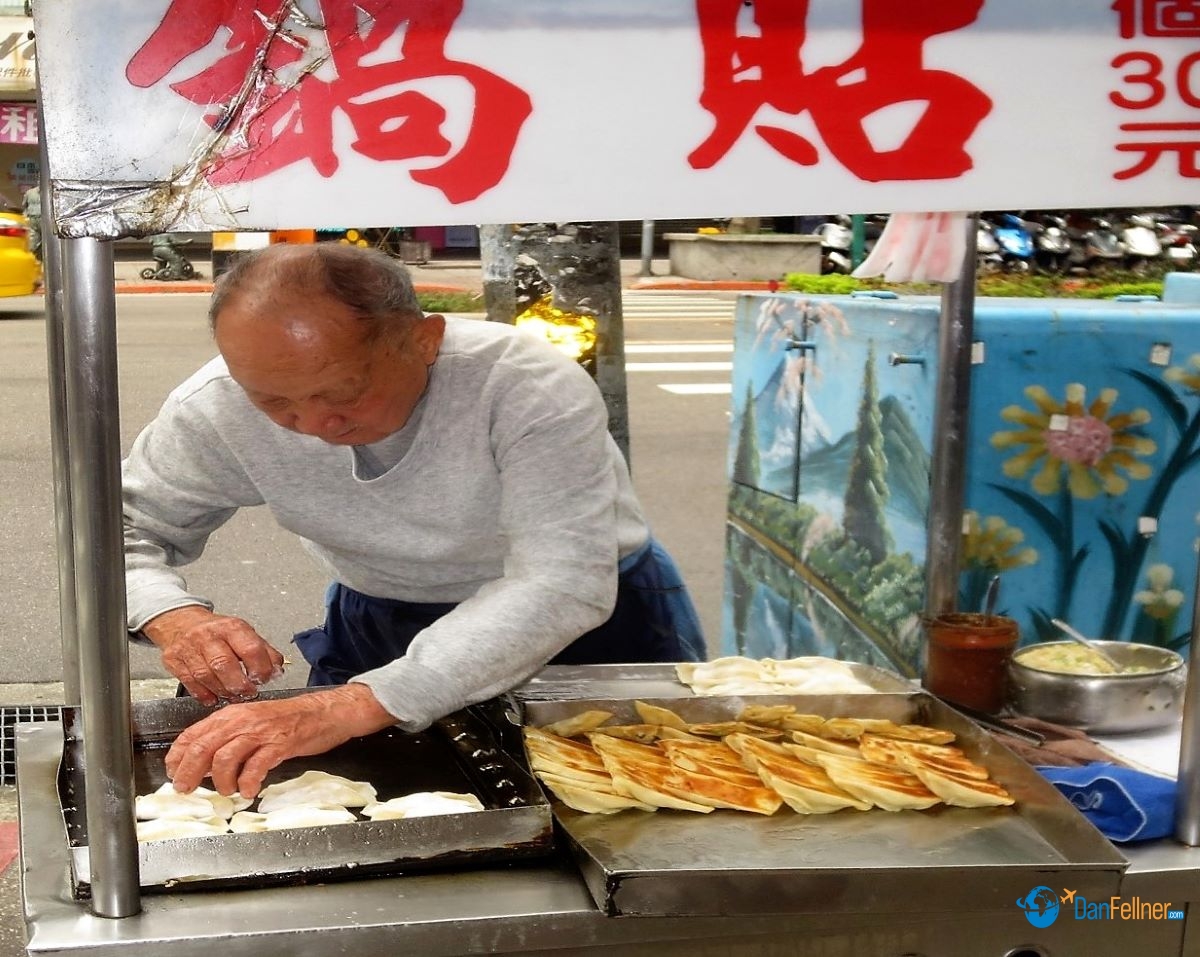
A vendor prepares traditional Chinese dumplings in downtown Taipei.
Long overshadowed by more well-known East Asian destinations like Hong Kong, Tokyo and Shanghai, Taipei is emerging as an up-and-coming vacation spot. In fact, it is now the 14th-ranked city in the world in terms of attracting foreign visitors, with more than 9 million tourist arrivals in 2015, up 5 percent from the prior year.
It takes a full week to seriously explore Taipei and its environs. Here are my four favorite sites from a recent visit:
Chiang Kai-shek Memorial Hall
Taiwan, officially named the Republic of China, has a complicated political history with an uncertain future. The best place to make sense of it all is the Chiang Kai-shek Memorial Hall, which honors the island’s first president. Chiang was a military and political leader in mainland China before being defeated by the Communists after World War II. He retreated to Taiwan in 1949 and led the government there until his death in 1975.
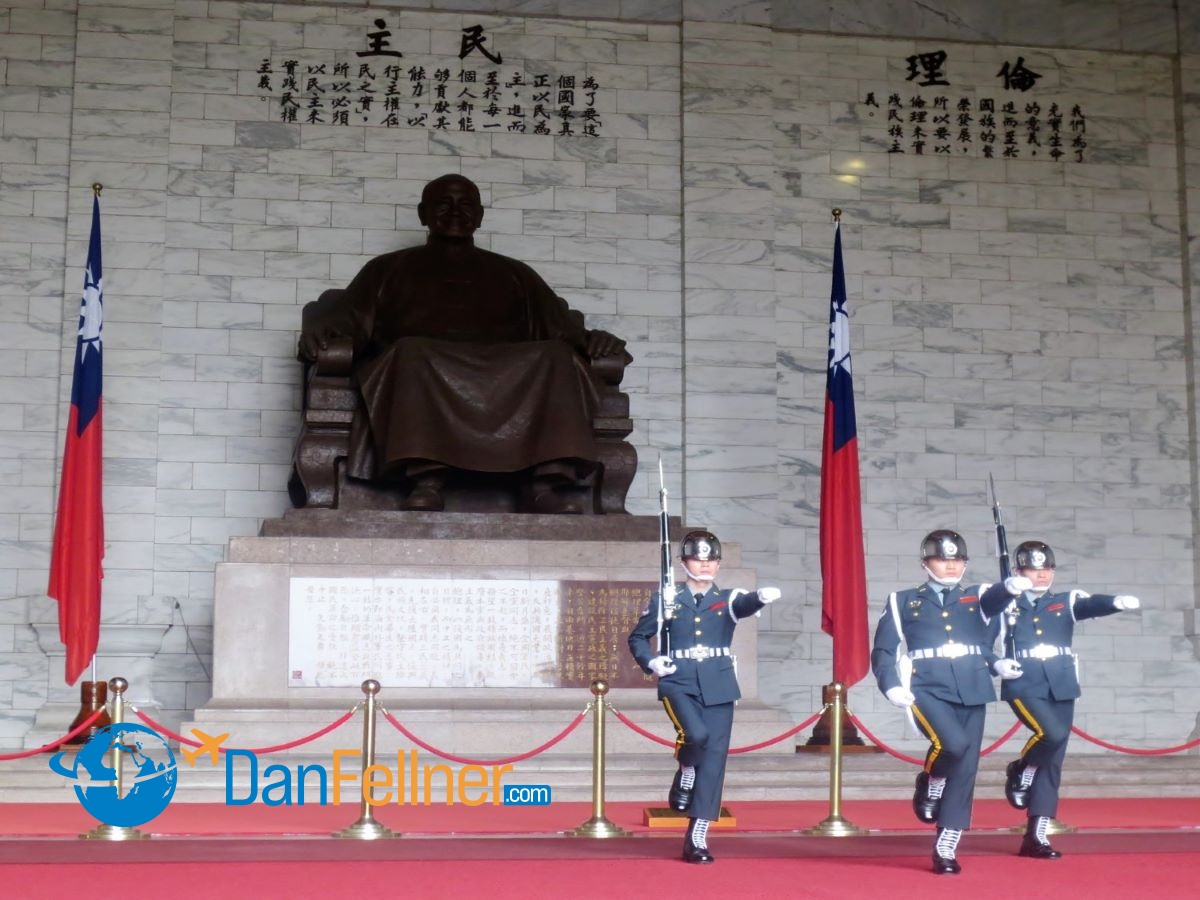
The Chiang Kai-shek Memorial Hall in Taipei.
The memorial, surrounded by a large park, has 89 steps, representing Chiang’s age at the time of his death. There are three floors, where visitors can examine historical documents, photographs and films.
The centerpiece of the facility is a large bronze statue of Chiang, watched over by two military guards. There is an hourly rifle-twirling changing-of-the-guard ceremony that draws big crowds (see video shot by the author at the Chiang Kai-shek Memorial: Changing-of-the-guard ceremony).
China claims Taiwan as its own territory and wants the island unified with the rest of the country. Even though it has the 22nd largest economy in the world, Taiwan is not a member of the United Nations. It was expelled from the U.N. in 1971 – due to Chinese pressure — and hasn’t been allowed to return.

Taipei 101
Built to resemble bamboo rising out of the earth, this skyscraper has more character than many of the world’s other superstructures. Taipei 101, so-named because it has 101 stories, was certified as the world’s tallest building from 2004-2010. It has now slipped to 8th on the list (Burj Khalifa in Dubai is the tallest — see article written by the author: https://danfellner.com/2016/07/10/dubai-burj-khalifa/ ), but still boasts the world’s second-fastest elevator, behind a tower in Shanghai that opened last year.
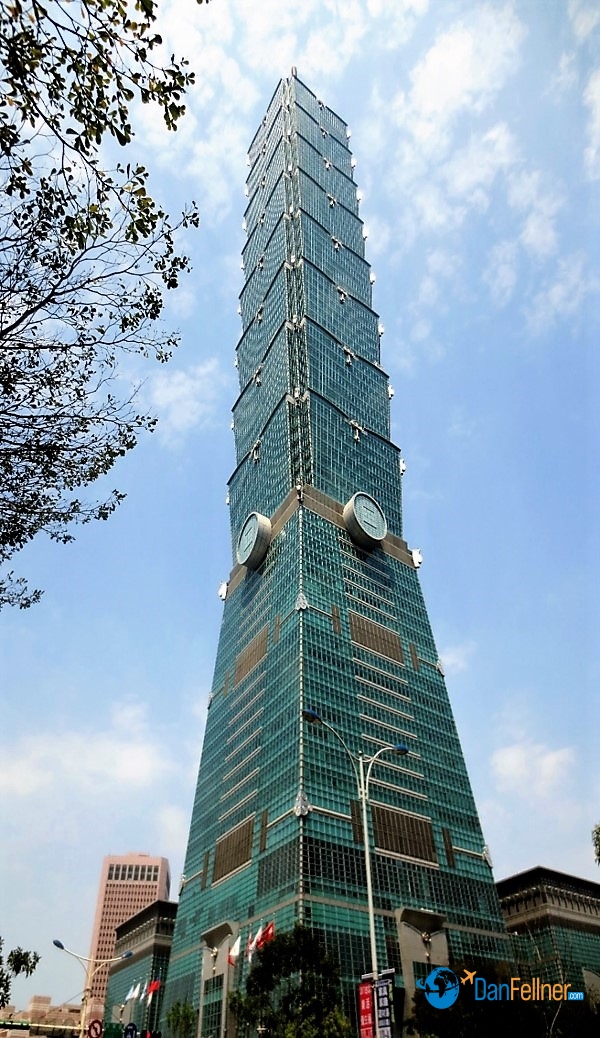
For such a speedy ride, the trip to the top is surprisingly relaxing. While listening to new-age music with the lights turned off, visitors are smoothly whisked to the 89th-floor observation deck in just 37 seconds (about 38 miles-per-hour). It may not be a “life-changing” event, but it’s certainly worth the 600 New Taiwan dollar admission price (about U.S. $20). Needless to say, the views of Taipei’s skyline, ringed by a volcanic mountain range, are magnificent.
Designed to withstand typhoons and earthquakes, fairly common occurrences in the region, Taipei 101 houses an upscale mall, restaurants and offices.
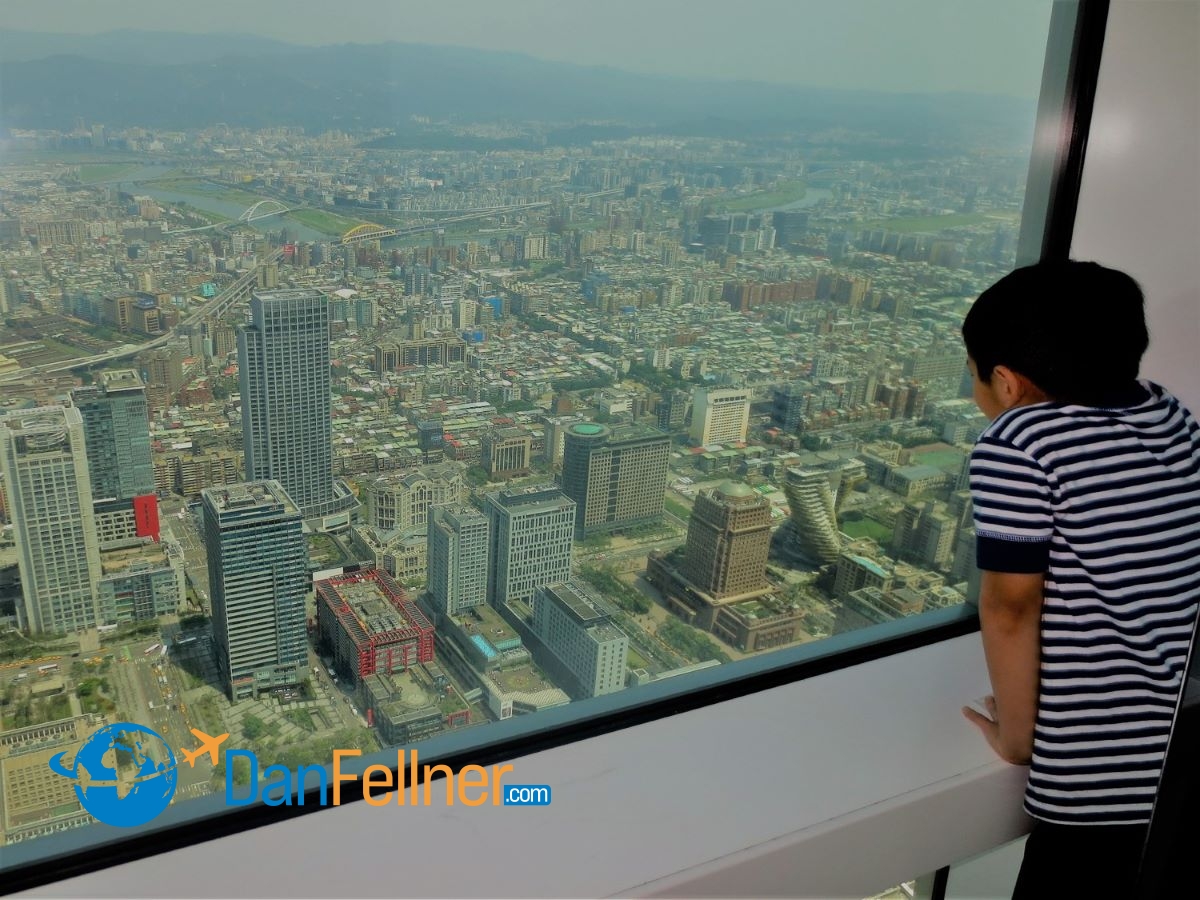
A youngster enjoys the view from the 89th floor of Taipei 101.
National Palace Museum
Originally founded in Beijing’s Forbidden City in 1925, much of the museum’s collection was moved to Taiwan in 1948 to protect it from China’s civil war. It now houses nearly 700,000 artifacts encompassing 8,000 years of Chinese history.

The National Palace Museum houses nearly 700,000 artifacts spanning 8,000 years of Chinese history.
Among the most popular items on display is a 3,000-year-old bronze ceremonial cauldron called Mao-Gong Ding. The inside surface is inscribed in 500 ancient Chinese characters arranged in 32 lines, making it the longest bronze inscription in the world.
The National Palace Museum annually attracts more than 6 million visitors.
Northern Coast
A day-trip to the island’s northern coast can be a welcome respite from the densely-populated city. Keelung City, just a one-hour drive from Taipei, is a fishing village known for hiking and outstanding seafood.
Just outside Keelung is the Yehliu Geopark, which features a cape with several remarkable hoodoo rock formations created by centuries of wind and erosion. The most famous formation, known as the “Queen’s Head,” is 4,000 years old and was named for its supposed likeness to England’s Queen Elizabeth I.
The elements continue to nibble away at the formations and some geologists think they may not survive more than another 50-100 years.
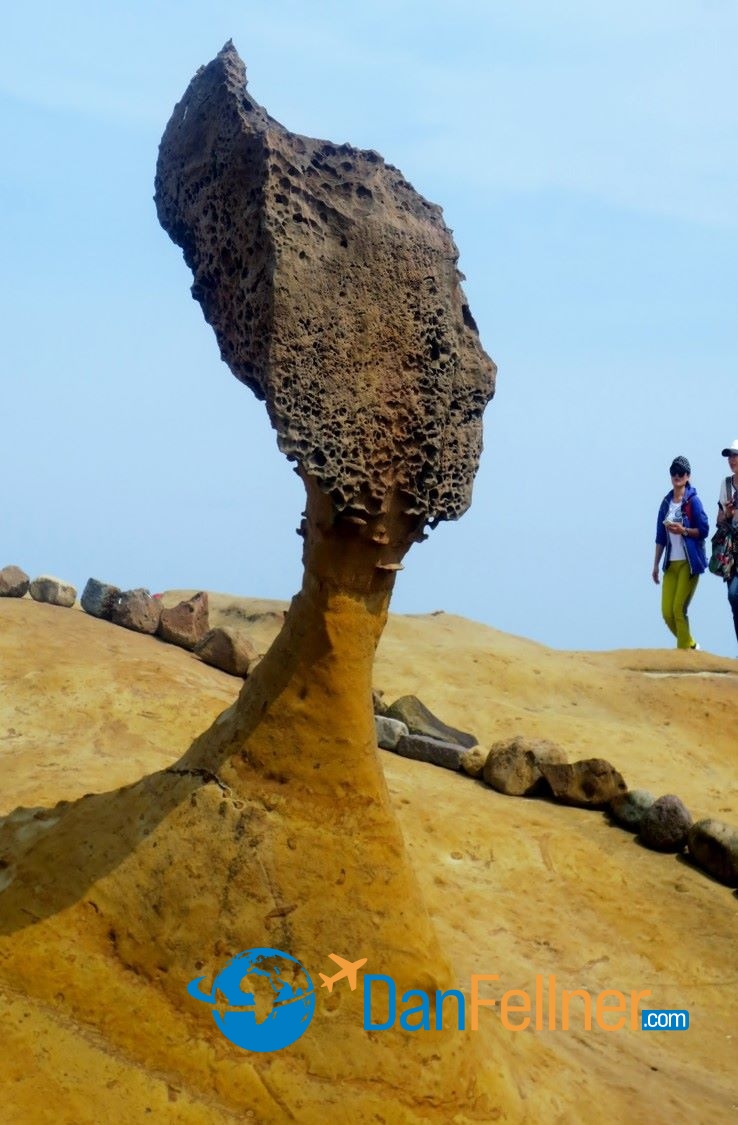
The famous Queen’s Head rock formation at Yehliu Geopark.
Travel Tips
Taipei is easy to traverse, whether by subway, bus, reasonably priced taxis, or just plain walking. It’s one of the most pedestrian-friendly cities in Asia. I stayed at a centrally located business hotel called Palais de Chine, located next to the central bus and train stations.
The hotel also is within easy walking distance of numerous noodle shops and food stalls selling outrageously cheap – and tasty – bowls of Taiwanese cuisine. You won’t go hungry in Taipei, which is said to have one of the highest densities of restaurants in the world.
There are direct flights to Taipei from several American cities, including San Francisco, Los Angeles and Seattle. Visas are not required for stays of less than 90 days.
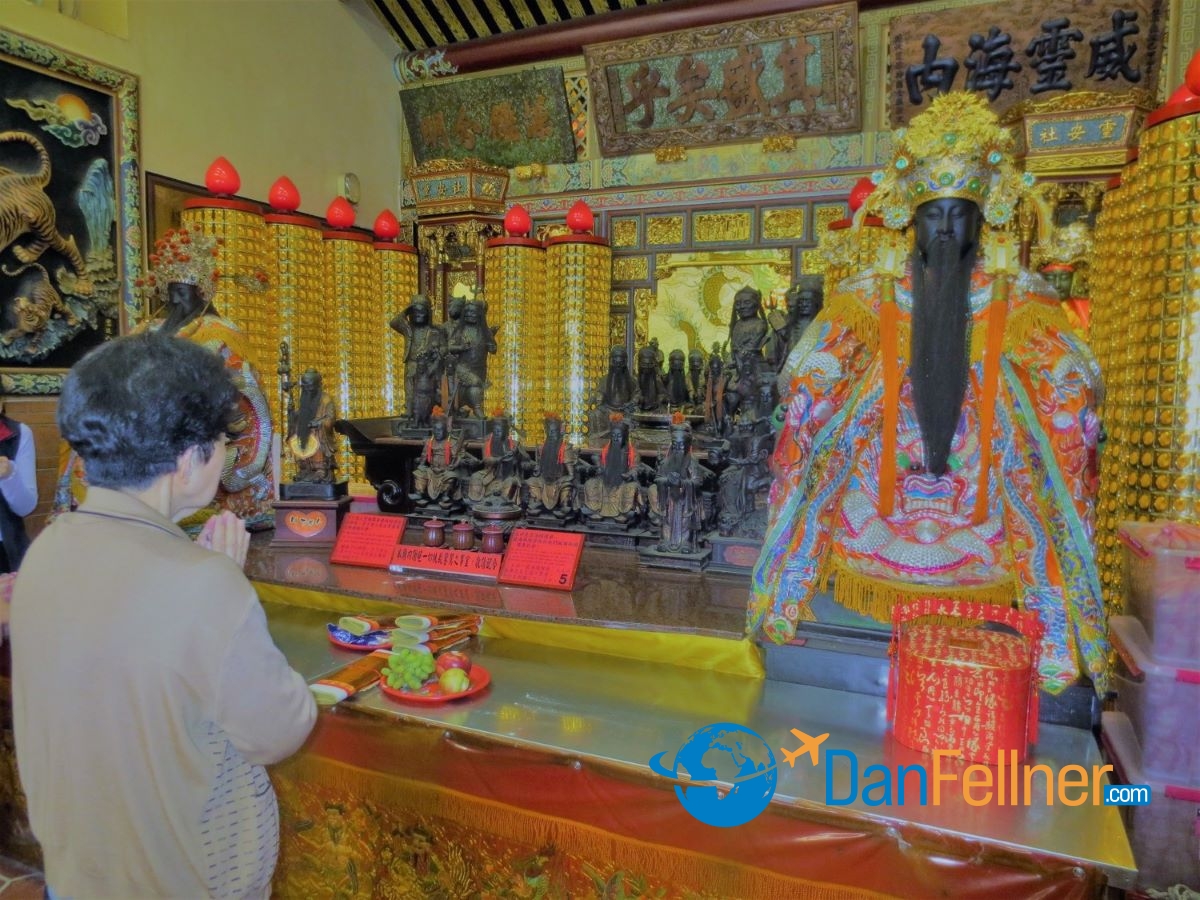
A Taoist temple in Taipei.
Aside from its unsettled political status and tensions with China, Taipei used to be known mainly for its championship Little League baseball teams and as a quick stopover for North American and European tourists on their way to more trendy Asian destinations.
Now – due to its culture, history and urban delights — it’s rightfully earning a reputation as a memorable vacation spot in its own right.
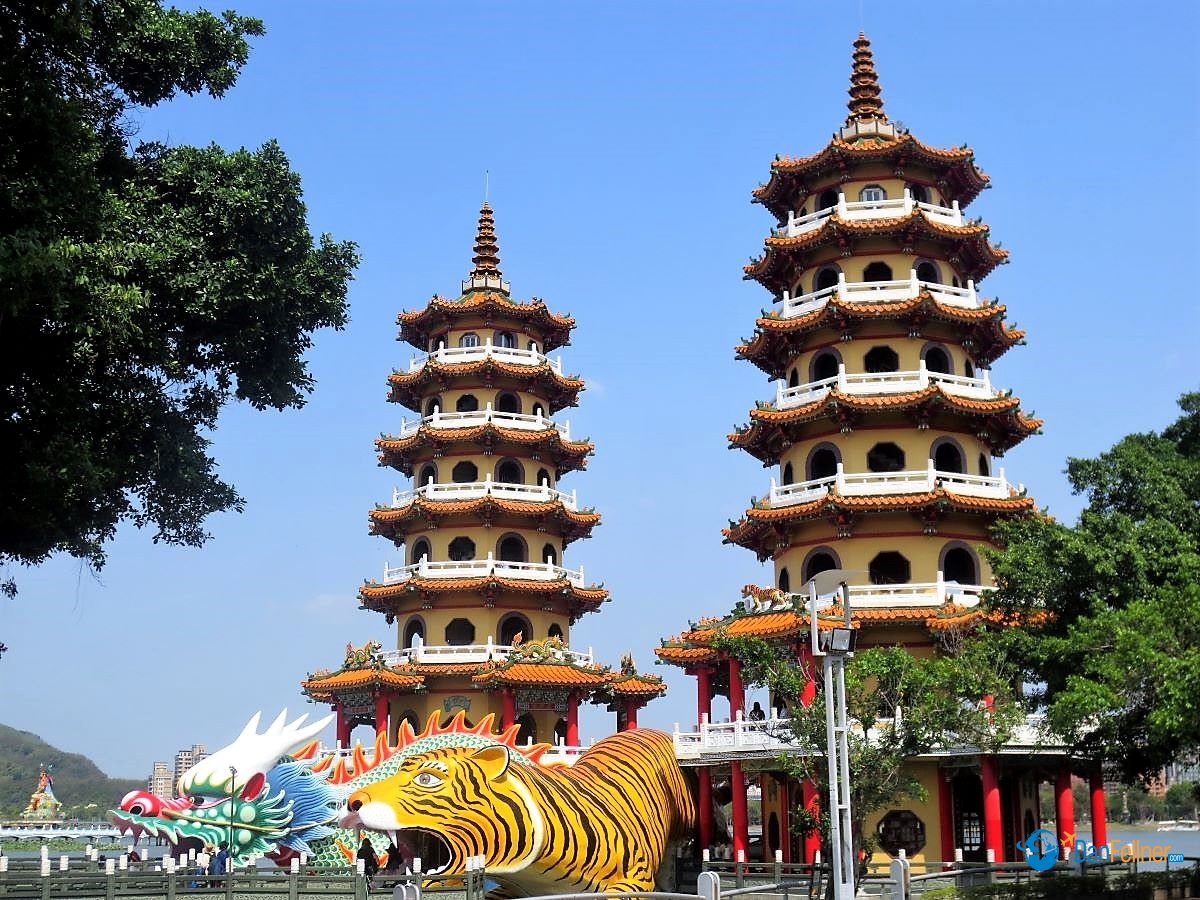
Pagodas at Lotus Lake in Kaohsiung, Taiwan.
© 2017 Dan Fellner


